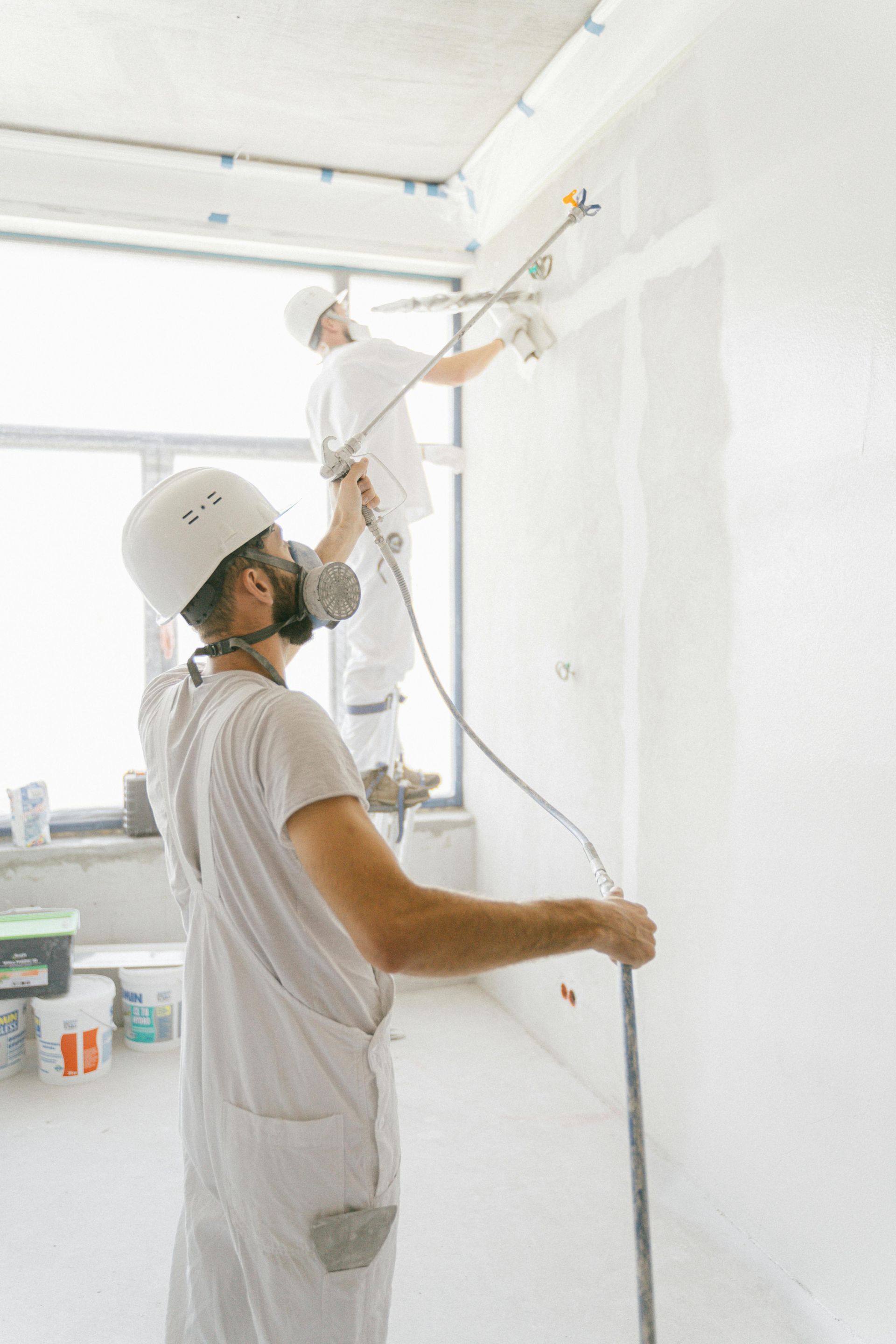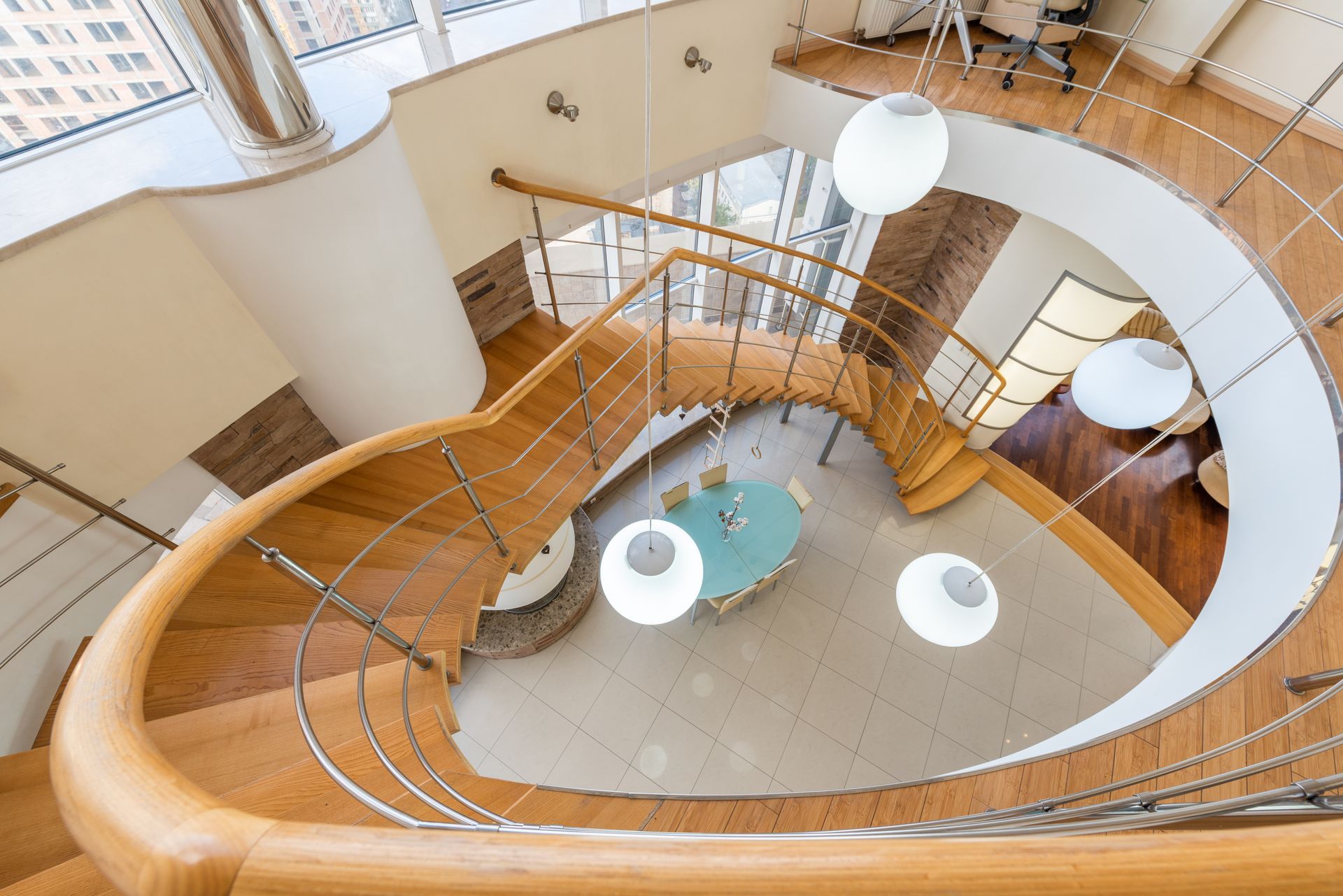Choosing the right primer for different surfaces
When it comes to painting projects, primer is often an overlooked step in the process. Many people are tempted to skip it, thinking it's an unnecessary expense or an extra hassle. However, using the right primer is essential for achieving a smooth and long-lasting finish on various surfaces. In this article, we will delve into the importance of primer and guide you on how to select the appropriate primer for different surfaces.
What is Primer
Firstly, let's understand the significance of primer. Primer is a preparatory coating that is applied before the paint to enhance adhesion, provide a uniform surface, and improve the durability of the final paint job. It creates a barrier between the surface and the paint, ensuring that the paint adheres properly and forms a solid bond.
What is the benefit of a Primer
One of the primary benefits of using primer is that it helps to hide imperfections and create a smooth surface. It fills in small cracks, dents, and irregularities on the surface, creating an even texture for the paint to adhere to. This is especially crucial when dealing with porous surfaces such as drywall or wood, as primer helps to seal the surface and prevent the paint from being absorbed unevenly.
Furthermore, primer promotes better paint coverage. It acts as a base coat that enhances the colour and vibrancy of the paint, allowing it to achieve its true potential. Without primer, you may need multiple coats of paint to achieve the desired colour, which can be time-consuming and expensive. By using primer, you ensure that the paint colour appears as intended, saving you both time and money.
Selecting the right primer
Now that we understand the importance of primer, let's explore how to select the appropriate primer for different surfaces. The key is to consider the specific characteristics of the surface you are working with and choose a primer that is tailored to those needs.
For bare wood or drywall surfaces, a high-quality latex primer is typically the best choice. Latex primers are easy to use, dry quickly, and provide excellent adhesion. They also offer good stain-blocking properties, preventing any discoloration or bleed-through from the surface. Look for a primer specifically labelled for wood or drywall to ensure optimal results.
If you're working on a metal surface, such as iron or steel, an oil-based primer is recommended. Oil-based primers offer superior rust-inhibiting properties and ensure that the paint adheres well to the metal surface. Make sure to choose a primer specifically formulated for metal, as it will provide the necessary protection and durability.
For surfaces that have been previously painted, but require some repair or have stains or odors, a stain-blocking primer is the way to go. Stain-blocking primers are designed to cover up stains from water, smoke, or crayons, as well as block odors. They create a clean surface for the new paint and prevent any old stains from bleeding through.
In some cases, you may encounter challenging surfaces like glossy or laminated surfaces. In such situations, it is essential to use a specialty primer that is specifically designed for these surfaces. These primers have unique bonding agents that ensure proper adhesion and prevent peeling or chipping.
Conclusion
In conclusion, choosing the right primer is a crucial step in any painting project. It not only enhances adhesion and durability but also provides a smooth and even surface for the paint. By selecting the appropriate primer for different surfaces, you can ensure that your paint job lasts longer and looks professional. Remember to consider the characteristics of the surface and opt for a primer that addresses those needs. So, the next time you embark on a painting project, don't overlook the importance of primer—it's the foundation of a successful paint job.


